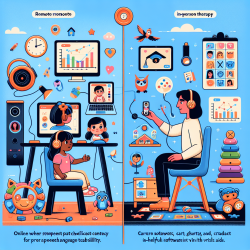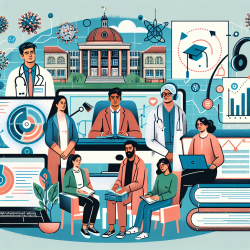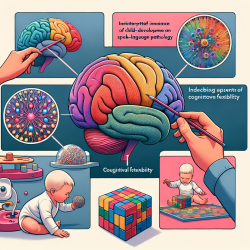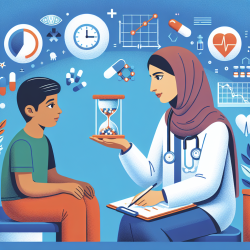The COVID-19 pandemic brought a seismic shift in how educational services, including therapy, are delivered to children. The transition from in-person to remote instruction became a necessity, but how effective is remote instruction compared to in-person learning for preschoolers with disabilities? A recent study titled An Experimental Comparison of In-Person and Remote Instruction for Preschoolers with Disabilities provides valuable insights.
The study employed a naturalistic reversal design to compare in-person and remote instruction for six preschool participants with disabilities. Key metrics measured included:
- The rate of learning
- The rate of trial presentation
- The number of targets mastered
- The percentage of correct responses during follow-up assessments
Key Findings
- Rate of Learning: Three out of six participants met acquisition criteria and completed instruction faster in-person, with mixed results for the other three participants.
- Rate of Trial Presentation: No consistent difference was observed in the rate of trial presentations between the two modalities.
- Number of Targets Mastered: Participants mastered more targets during in-person instruction in 54% of comparisons, while remote instruction showed a 31% advantage in other comparisons.
- Response Maintenance: No significant difference was observed in response maintenance or generalization across modalities.
Implications for Practitioners
Data-Driven Decisions
The data suggests that while in-person instruction generally leads to faster learning and more targets mastered, remote instruction can still be highly effective, particularly when in-person instruction is not feasible. Here are some actionable steps practitioners can take:
- Leverage Technology: Utilize teleconferencing tools like Zoom to deliver consistent and structured remote sessions.
- Parental Involvement: Engage caregivers to facilitate and support remote sessions, providing them with clear instructions and necessary materials.
- Monitor Progress: Regularly assess the rate of learning and mastery of targets to make data-driven adjustments to the therapy plan.
- Hybrid Models: Consider a hybrid model where in-person and remote sessions are alternated, leveraging the strengths of both modalities.
Encouraging Further Research
The study opens the door for further research to explore under what conditions remote instruction can be as effective as, or even superior to, in-person instruction. Variables such as the type of disability, the specific goals of therapy, and the home environment's conduciveness to learning could all be areas for future investigation.
Conclusion
While the study indicates a slight edge for in-person instruction, the effectiveness of remote learning cannot be discounted. Practitioners should consider individual circumstances and use data to inform their approach, ensuring the best possible outcomes for children.
To read the original research paper, please follow this link: An Experimental Comparison of In-Person and Remote Instruction for Preschoolers with Disabilities.










